Public school systems headcounts are down, and schools are beginning to feel the pinch from enrollment losses tied to the coronavirus pandemic, the politicization of public education, and dissenting views on scientific opinions. The billions of dollars of federal pandemic relief money that have helped schools weather the crisis and help with online classes were not meant to last forever. As reported by the AP:
Money for schools is driven partly by student headcounts, and emergency provisions in many states allowed schools to maintain funding at pre-pandemic levels
MISSION, Kan. (AP) — A school system in suburban Kansas City is eliminating over 100 jobs, including kindergarten aides and library clerks. Oakland, California, is closing seven schools. Other districts around the country are merging classrooms, selling buildings, and leaving teaching positions unfilled in order to close budget gaps.
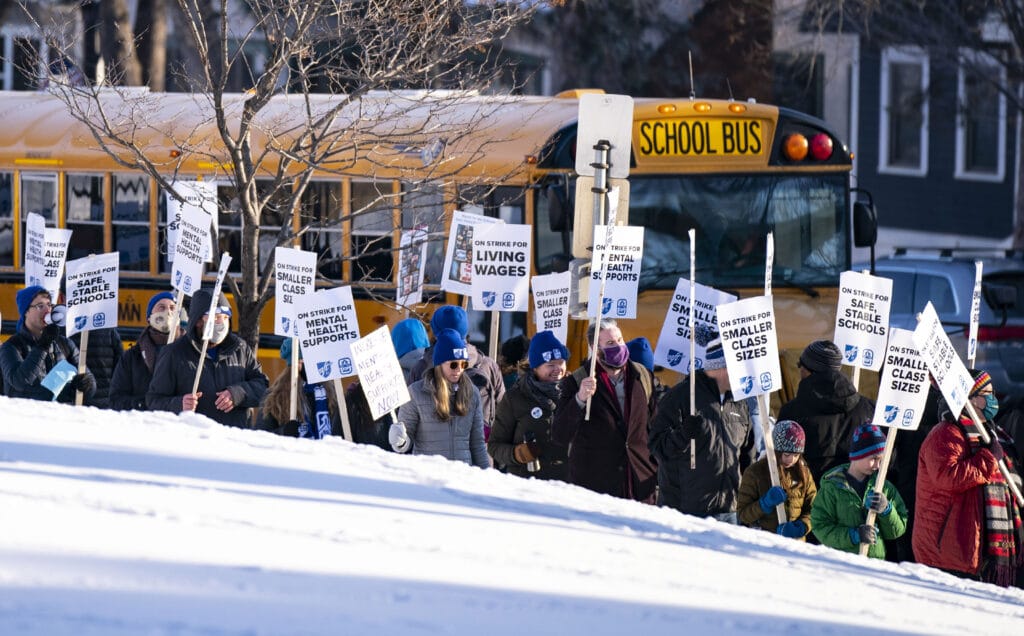
Money for schools is driven partly by student headcounts, and emergency provisions in many states allowed schools to maintain funding at pre-pandemic levels. But like the billions of dollars of federal relief money that have helped schools weather the crisis, those measures were not meant to last forever.
In Olathe, Kansas, where the school system is cutting 140 jobs, Deputy Superintendent John Hutchison said the extra federal money merely put off the inevitable.
Now it is trimming millions of dollars from its budgets because enrollment, having peaked at more than 30,000 students in fall 2019, fell by around 900 in the first full school year of the pandemic. Less than 100 of those students have returned.
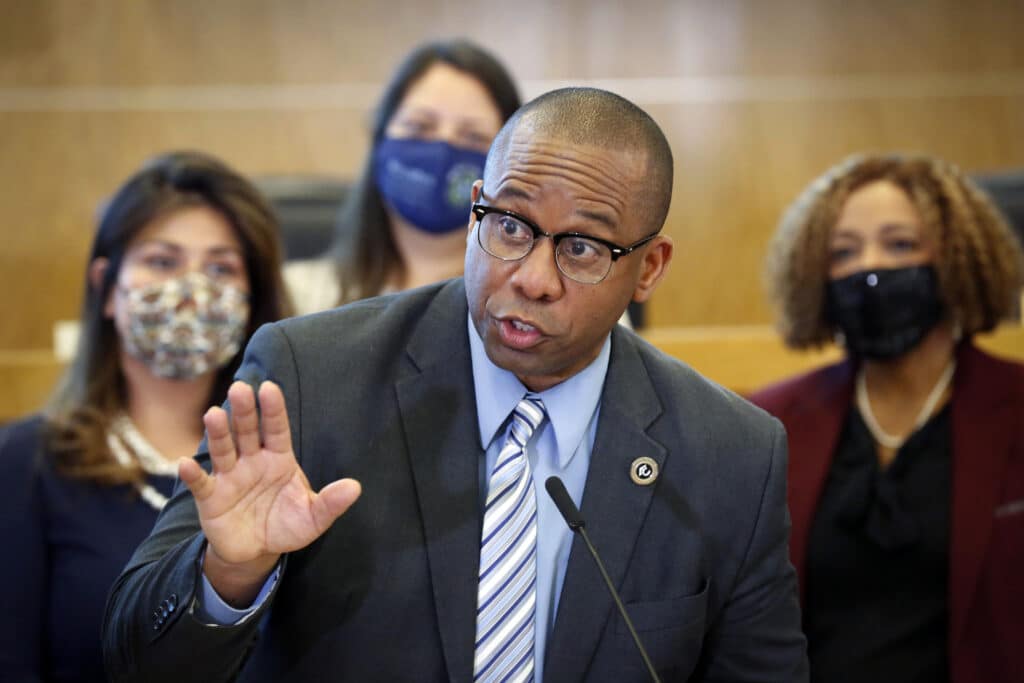
“Where did those kids go?” Hutchison asked during a recent public meeting. “Where are they? They didn’t come back this year. That’s what’s laying on that additional reduction in our funding.”
Families opting for homeschooling, private schools and other options sent enrollment down sharply in the first full school year of the pandemic, and generally it has been slow to recover.
In Houston, the largest district in Texas, enrollment tumbled by more than 22,000 to around 183,000 in fall 2021 and only about half of those students have returned. The district was shielded from making cuts in the first two years of the pandemic by what are known as “hold harmless” provisions, but those protections are expected to end. Superintendent Millard House has asked departments to cut $60 million from next year’s budget.
Among other states that took steps to protect school budgets, Delaware provided $9.3 million in one-time funding in the fiscal year that ended in summer 2021 to school districts and charter schools to prevent layoffs over enrollment declines, and North Carolina lawmakers decided to allow schools to use pre-pandemic attendance levels.
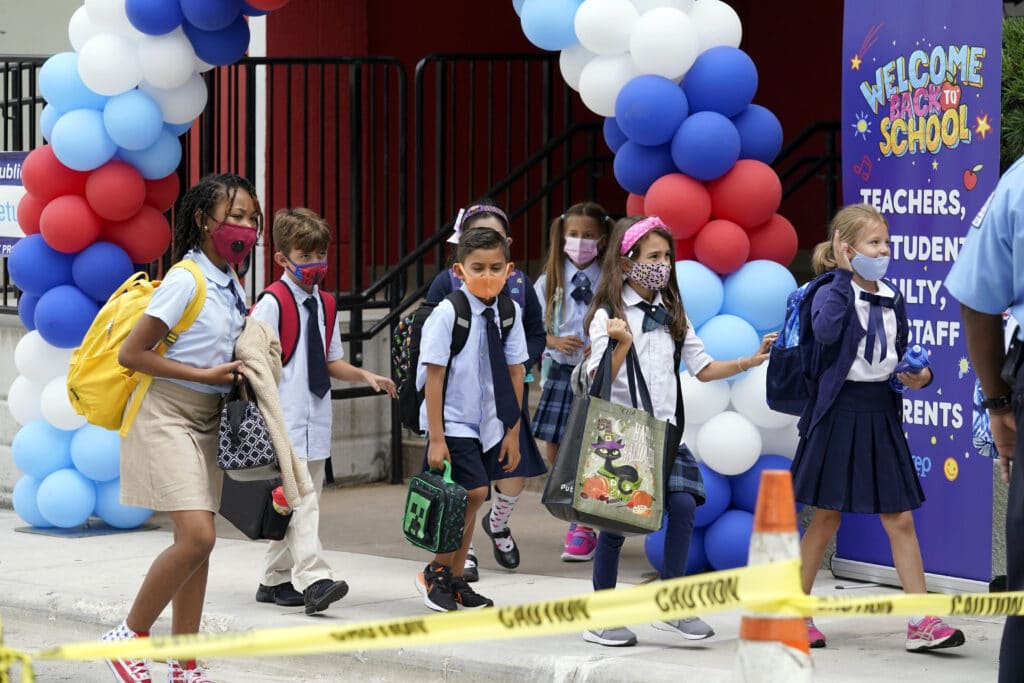
More districts will be making cuts in coming years, said Alex Spurrier, an associate partner at Bellwether Education Partners, a think tank. The last of the federal aid must be spent by 2024.
“Once the federal funding dries up, it will put a lot more districts in a lot more difficult position if they’re kind of kicking the can down the road of making the adjustments that they’ll need if they are going to be serving smaller student populations in the years to come,” he said.
Some districts have struggled to explain the need for cuts. Albuquerque Public Schools announced this spring that it anticipates a budget shortfall of about $25 million.
“That might sound crazy,” the district wrote in a blog post, acknowledging the influx of federal aid. But it explained that enrollment declines have accelerated amid the pandemic, with the student population falling to 73,000 from 85,000 in just six years. The district hasn’t released a cost-cutting plan, but legislative analysts say it will require layoffs and school closures.
Amid the upheaval, some states have gained students. Florida was among the leaders, according to the data-tracking site Burbio. And some districts’ headcounts benefited from new families, including some who moved to less costly areas as work went virtual.
In California, which announced this month that enrollment had fallen by an additional 110,283 students, Oakland’s planned school closures are leading to protests. The ACLU filed a complaint this month alleging that they disproportionately affect Black students and families.
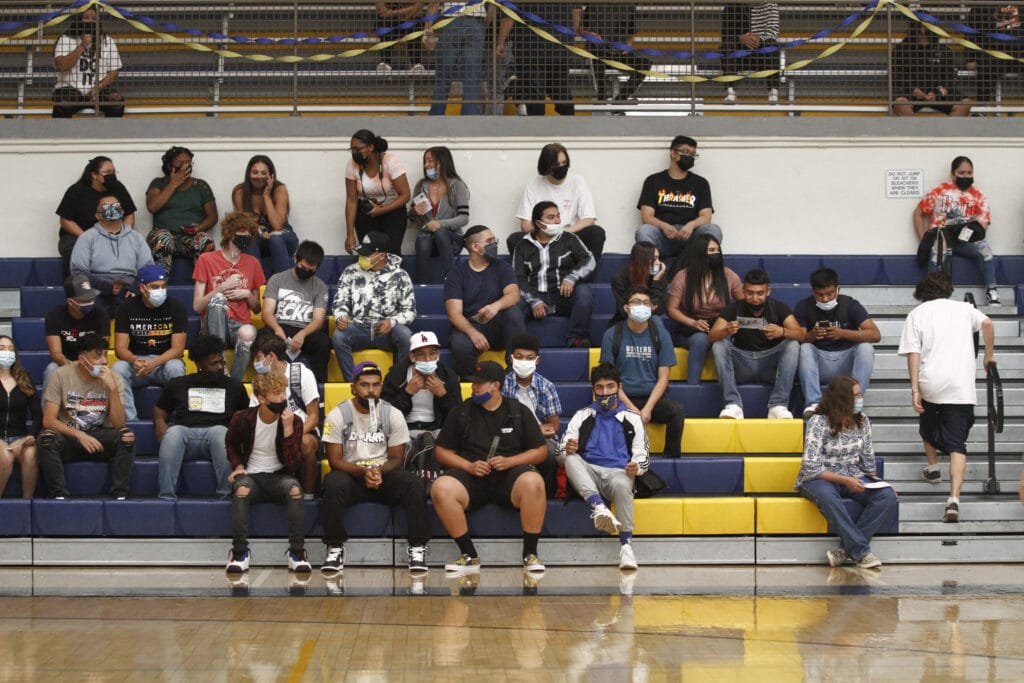
Further complicating the situation is a tight labor market and demands for teacher and staff raises.
In Minneapolis Public Schools, where a nearly three-week long teacher strike ended with a new contract, the district said it needed to make $27.1 million in budget cuts in the upcoming school year to pay for it. Federal relief money helped cover the $53.5 million price tag for the more lucrative contract for teachers and support staff for the current school year. Since the pandemic began, the district also has lost more than 4,000 students, along with the state funding they generate.
School officials in the city of Lawrence — home to the main University of Kansas campus — are creating multi-grade level elementary classrooms, which will allow the district to get by with fewer teachers. It is part of an effort to close a budget shortfall brought on by declining enrollment and to free up money for raises.
“You can’t cut close to $7 million and not change how you do business,” Lawrence Superintendent Anthony Lewis acknowledged at a meeting this month.
In Iowa, the Des Moines district canceled a conference, sold a building and isn’t replacing some retiring teachers as it cuts $9.4 million in spending for the upcoming school year. The cuts were needed partially because the district’s enrollment has fallen by 1,600 students since the pandemic began.
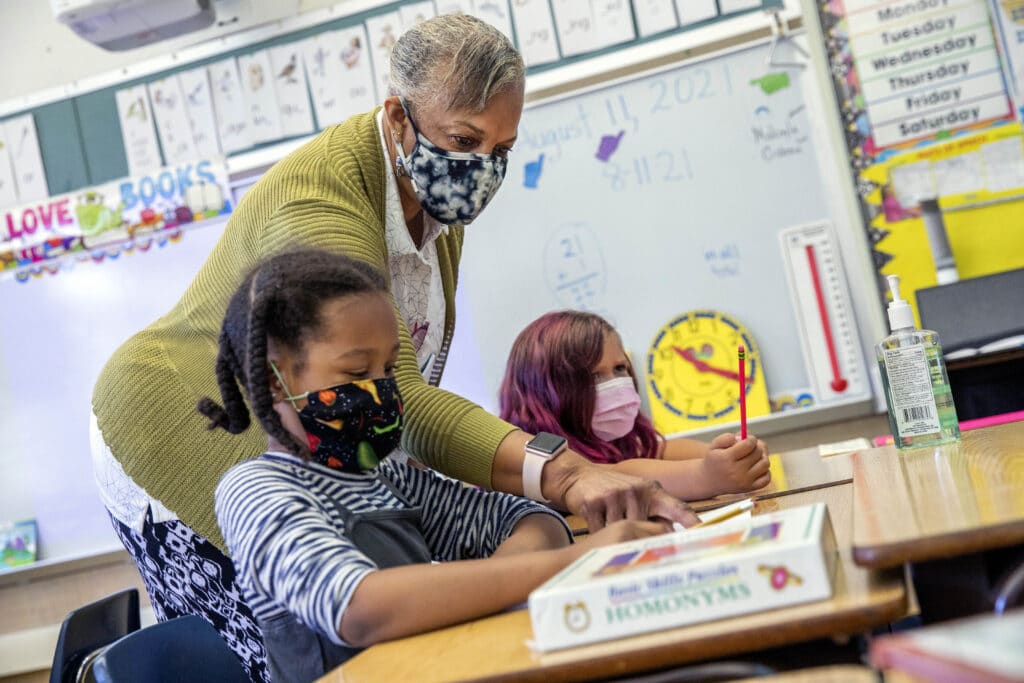
The district, which is the state’s largest with 31,000 students, anticipates that it will need to make even deeper cuts next year.
“I think it’s fair to say, the federal aid helped offset some of the financial challenges,” said Phil Roeder, a spokesman for the district. “It did help to get us through what’s been a historically bad moment in history. But it was a temporary, stopgap, not a long-term solution for school districts.”
By HEATHER HOLLINGSWORTH and ANNIE MA






